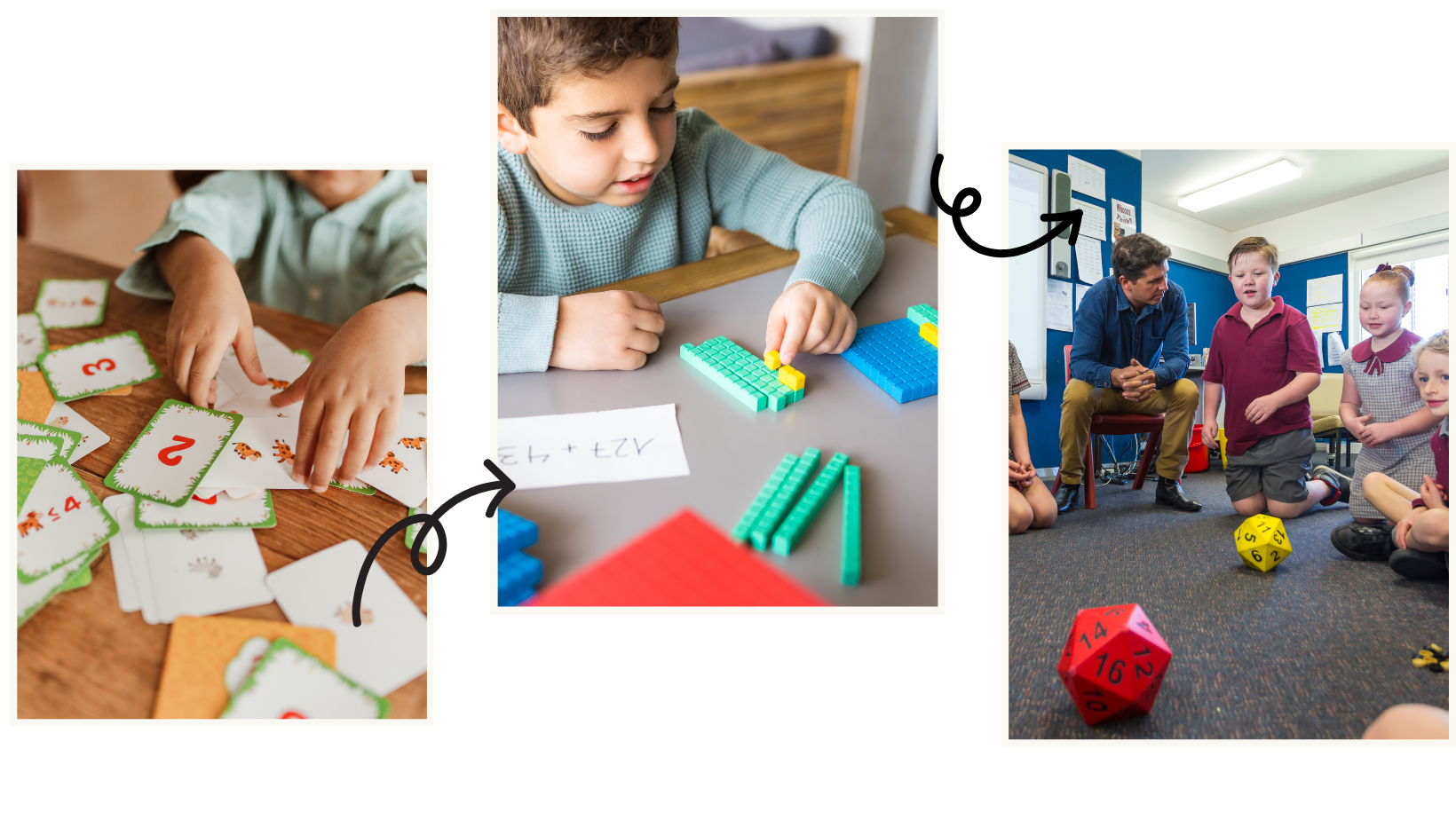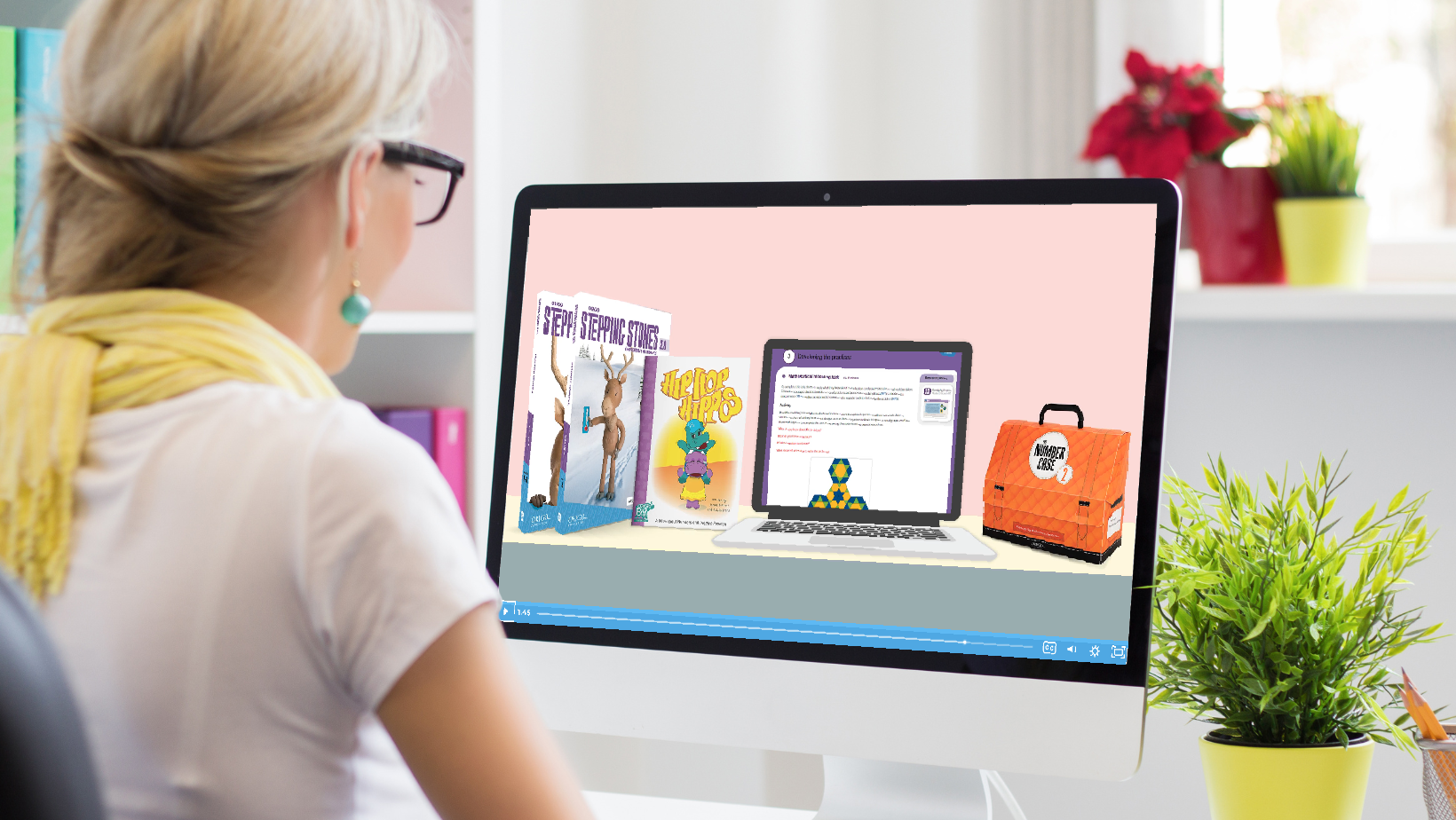Insights
How to Boost Retention with Games and Spaced Practice
The landscape of education is always changing, and today the engagement of students in meaningful and effective ways is more important than ever. This is particularly true for subjects like mathematics, which can sometimes feel daunting to young learners. As current K-5 educators, we are always searching for innovative strategies to use in the classroom that might better that engagement, boost retention and, if possible, lead to a greater love for learning and, more specifically, for mathematics.
One powerful approach that has gained traction in recent years is the integration of games and spaced practice into our classrooms. This article will explore the synergistic benefits of combining playful learning with that of cognitive science. Combining these two strategies can keep your students engaged and help boost retention for future success.
Play to Learn: Integrate Games to Boost Retention
Play is a fundamental part of childhood development, and research shows that it plays a critical role in learning, especially for young learners. According to the American Academy of Pediatrics (2018), play is essential for cognitive, social, and emotional development, helping children build problem-solving skills, creativity, and resilience. In an educational setting, play-based learning enhances engagement and motivation, making complex concepts more accessible and enjoyable.
Moreover, studies have demonstrated that incorporating play into classroom instruction can significantly improve knowledge retention. A study by Weisberg et al. (2016) found that children who engaged in guided play activities showed better comprehension and application of new concepts compared to those who experienced direct instruction alone. Similarly, a study from the International Journal of Learning, Teaching and Educational Research highlights that game-based learning fosters deeper understanding and long-term retention of mathematical concepts. Specifically, students who engaged in games as part of the learning process scored significantly higher on the post-test than students who did not.
Given the strong research backing on the benefits of play, integrating games into classroom instruction is a powerful strategy to enhance retention and long-term learning success. Play-based learning methods, such as educational board games, digital learning tools, and interactive review games, create an engaging atmosphere that keeps students motivated and invested in their learning.
 Here are some ideas to help you incorporate games and educational playtime in your class:
Here are some ideas to help you incorporate games and educational playtime in your class:
- Math Games and Stations: Establish several math stations, each concentrating on a distinct concept, and integrate attention-holding games, such as bingo or scavenger hunts, to rouse the desire to practice.
- Interactive Review Activities: Use virtual platforms such as Kahoot! or Quizizz to hold group contests in which students can receive instant feedback regarding their comprehension of mathematics.
- Math Journals: Urge students to keep math journals for pondering on their learning, which can get them ready for more difficult business transactions.
- Group Problem-Solving: Divide students into small groups and assign each group a different problem to solve. Have the groups work together to solve the problems and then present their solutions and strategies to the entire class.
- Real-Life Math Applications: Design review exercises linking mathematics to real-life situations, like planning the finances for a Birthday party, to make the subject matter seem relevant.
- Flashcard Races: Utilize a timed race format with flashcards to review math facts, and add competition to keep students fully engaged.
- Math Puzzles and Riddles: Include puzzles and riddles that require students to use their math skills in either a solo or a team setting.
- Exit Tickets: At the conclusion of every session, have students fill out an exit ticket that asks them to contemplate what they have learned and to indicate any questions they still have.
Spaced Learning is the Key to Better Retention
A major challenge in traditional math curricula is the reliance on massed learning. In this approach, students focus on a specific set of skills and concepts within a chapter, study for an assessment, and then move on to an entirely new topic in the next chapter—often without revisiting prior material. As a result, students may temporarily retain information for the test but quickly forget it afterward, leading to poor long-term retention.
Research-backed Spaced Learning offers a powerful alternative. Studies show that the Spaced Learning method improves retention rates by teaching complex concepts in “chunks” or small doses periodically over the span of the school year. Reviewing these small doses at spaced intervals helps students transition the information into long-term memory.
This approach combats the brain’s natural tendency to forget by breaking learning into smaller segments and reinforcing it over time. By repeatedly revisiting key concepts, students are more likely to retain information, make meaningful connections, and build a stronger foundation for future learning. Learn more about Spaced Learning here.
ORIGO Education Enhances Learning with Spaced Practice and Interactive Games
Spaced Learning is a key component of ORIGO’s Stepping Stones 2.0 Curriculum, ensuring that students develop fluency over time by regularly revisiting previously learned skills and concepts in short, focused reviews. This ongoing reinforcement leads to stronger retention without requiring teachers to spend extra time integrating additional reviews into a curriculum not designed for Spaced Learning.
In addition to this research-based approach, our curriculum features cutting-edge digital manipulatives that make math more meaningful, engaging, and accessible for all learners. By combining Spaced Learning with interactive games, we provide a comprehensive learning experience that deepens understanding and supports long-term success.






